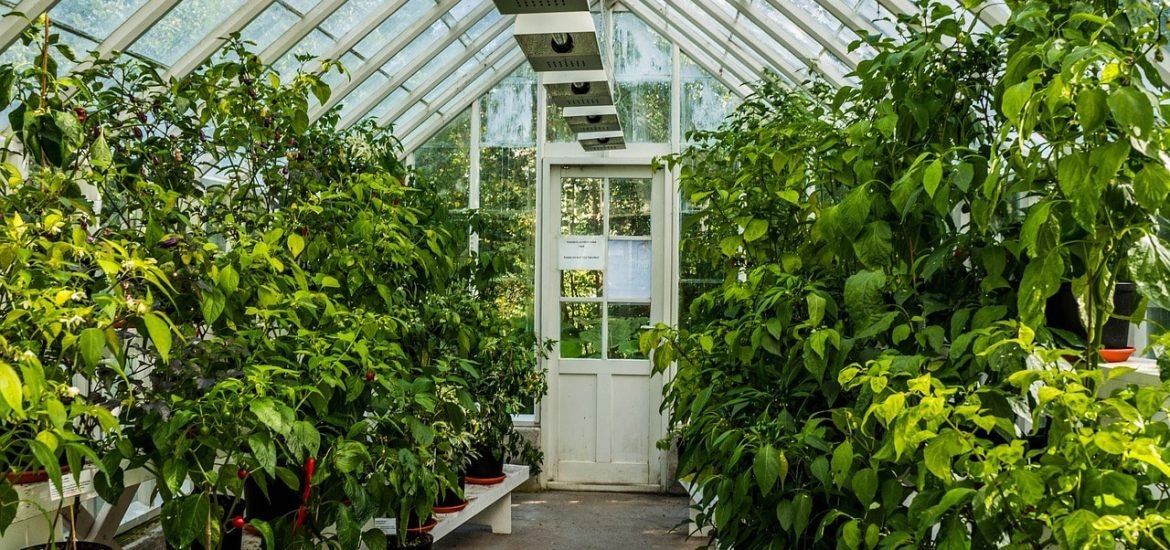
The agricultural sector is facing enormous pressure. The aim of feeding the world population while reducing environmental impact and protecting natural reserves is not easy to achieve. Innovative technologies are the future, but they need to find a way to ensure that plants receive what they need for maximum yield avoiding unnecessary use of resources.
With this in mind, the EU-funded project DREAM (dream-eic.eu) is developing new technologies to study plant needs and then design methods to optimise indoor production. The DREAM researchers are going to study the complex mechanisms that regulate photosynthesis and how plants cope with various environmental factors, including temperature, drought, CO2 concentration, and light quality and quantity.
Over the past few years, researchers have slowly changed how they view photosynthesis from a static and simplified version to a more complex and dynamic system where plants and algae respond to external factors in unexpected ways. Now the DREAM team wants to build up on that. “Knowing and mastering the dynamics of photosynthesis regulation will help assess and optimise the demand of resources and energy in agriculture,” said DREAM coordinator Ludovic Jullien, Professor of Chemistry at Sorbonne Université and Ecole Normale Supérieure.
The DREAM project was selected from 403 ideas submitted to the EIC Pathfinder Open, designed to support high-risk/high-gain projects in any field of science and technology. The DREAM consortium includes two research organisations, The French National Centre for Scientific Research and Forschungszentrum Jülich, two academic institutions (Palacký University Olomouc, Eindhoven University of Technology), and two SMEs (INsociety and Sony CSL Paris). The main aim is to bring together expertise in biology, physics, and chemistry and combining innovative research on plants with technical skills in machine learning, optics, and electrical engineering.
Over the next five years, DREAM researchers want to develop new sensors to study how plants and algae behave under natural light. With this knowledge, the next step will be to design lighting tools that mimic what the plant needs and customise protocols to reduce the use of water and nutrients. The researchers plan to conduct all this preliminary work on three organisms: the green alga C. reinhardtii, the model plant A. thaliana, and the tomato. Afterward, all results can be expanded and adapted to other plants providing an increasingly reliable management protocol for farmers.
In the long term, the DREAM team wants to improve indoor agriculture using an ideal environment for the plants, minimise environmental impact, reduce demand for energy and labor and make it a sustainable method to overcome the effects of climate change.